I'm designing an AM detector that uses a 2N3904 transistor in common collector configuration. Pardon me if my design's silly because I'm still quite a novice with using BJT transistors as amplifiers, but after a bit of calculations and a lot more trial and error, this is what I've been able to come up with:
In my simulation, I made the input signal (V1) a 1 MHz sine wave with an amplitude of 15 mV modulated at 1 kHz (imported from a CSV file), as shown in the plot below:
I measured the output signal and while it does seem to have the right frequency of 1 kHz and be pretty free of the carrier frequency of 1 MHz, the signal only has an amplitude of about 0.8 mV. That's less than a tenth of the magnitude of the input signal!
Would anyone be able to recommend any modifications that I should make to my circuit so that the output signal has a larger magnitude? (While still being "smooth" and having the right frequency, of course.)



